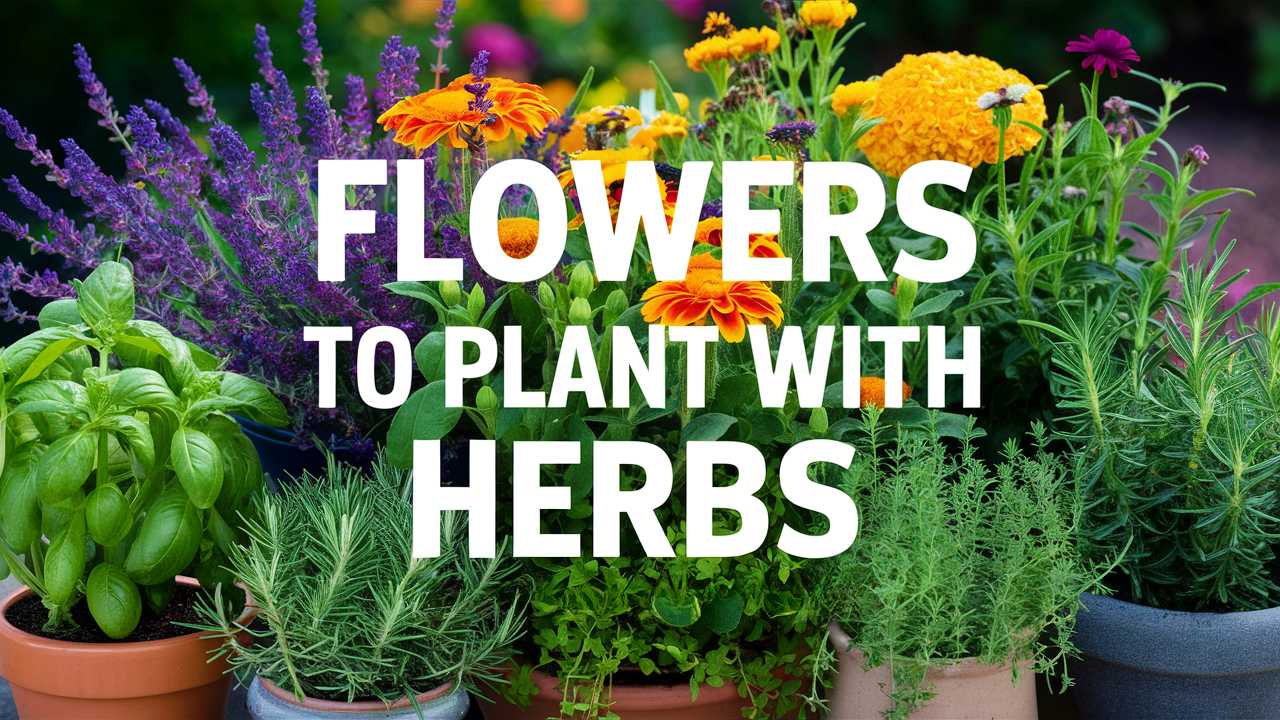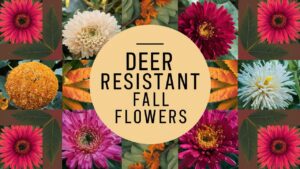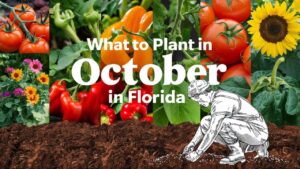Planting flowers alongside herbs can enhance not only the visual appeal of your garden but also its overall health and productivity. Let’s explore twelve flowers that pair beautifully with different herbs, highlighting their benefits and the magic they bring to your garden.
Nasturtiums
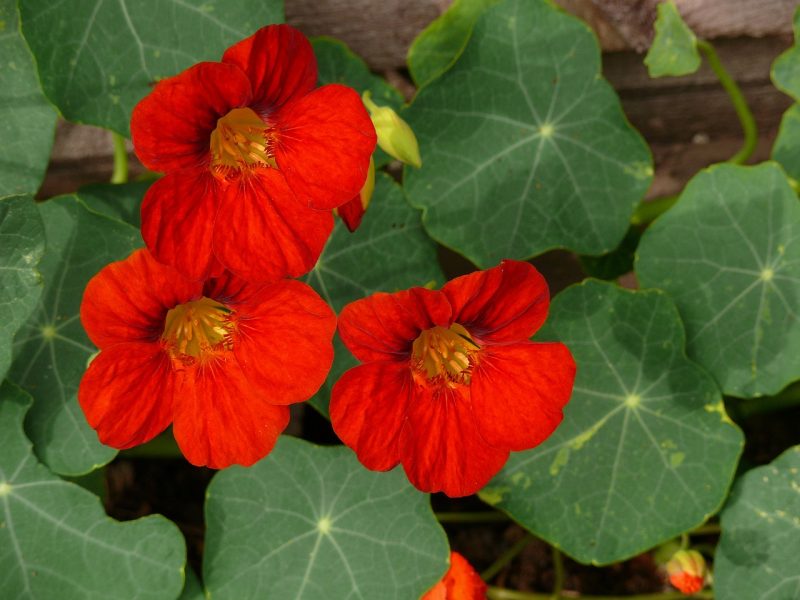
Nasturtiums are vibrant, edible flowers that offer a cascade of color in any garden. One of their best attributes is their ability to attract beneficial insects, which can aid in pollination and pest management. When planted with herbs like basil, nasturtiums act as a natural deterrent against aphids and other pests. The peppery flavor of the flowers and leaves can also complement many culinary dishes, making them a delightful addition to salads and garnishes.
These flowers thrive in poor soil, which means you won’t have to fuss over them too much. As a bonus, nasturtiums are incredibly easy to grow from seed, making them an excellent choice for novice gardeners or those looking to quickly fill empty spots among herbs like parsley and cilantro. Their vibrant hues range from deep reds to sunny yellows, bringing joy and flavor to the herb bed.
Pansies
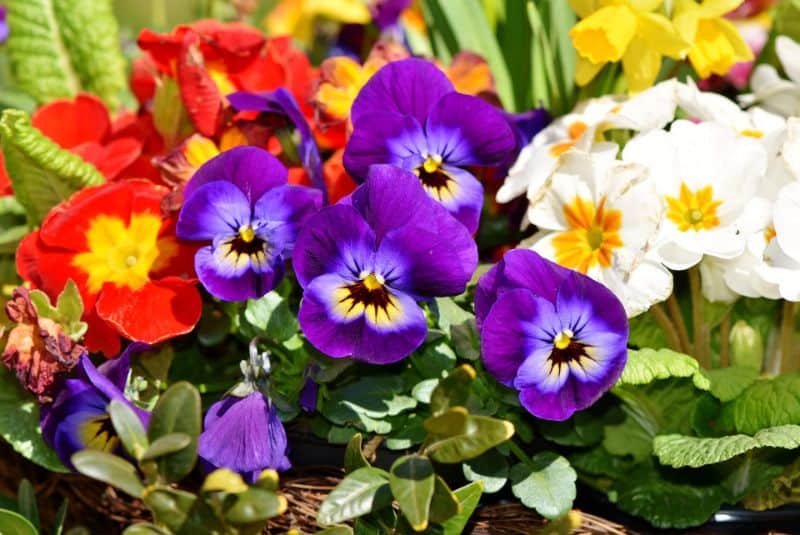
Pansies are another excellent companion for herbs, bringing a cheerful and whimsical touch to the garden. These hardy flowers come in a variety of colors and patterns, providing an attractive contrast to the greens of herb plants. Pansies are particularly compatible with herbs that thrive in cool weather, such as chives and mint.
Beyond their aesthetic appeal, pansies are edible, with a mild flavor that can enhance various dishes. Try using them to decorate cakes or as colorful additions to salads. Additionally, pansies can help in attracting pollinators like bees and butterflies, which are essential for the pollination of many herbs. By planting pansies alongside your herbs, you are not only beautifying your garden but also supporting its ecological health.
Sweet Alyssum
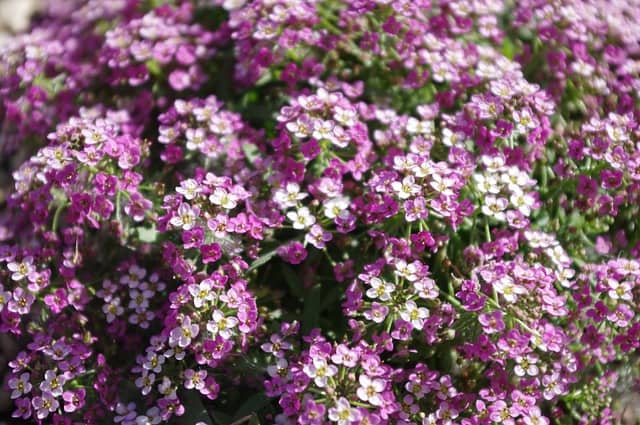
Known for its sweet fragrance and delicate clusters of tiny flowers, sweet alyssum is a superb companion plant for herbs. Alyssum’s gentle scent can attract beneficial insects while repelling pests that would otherwise harm your herbs. This makes it an ideal companion for growing herbs like rosemary and thyme.
In addition to its pest-repelling qualities, sweet alyssum is excellent at filling in gaps in the garden. It grows well in various conditions, from sunlight to partial shade, allowing it to thrive alongside a broad range of herbs. Planting it near your herb garden not only enhances its beauty with trailing blooms but also provides ground cover that helps retain moisture and reduce weeds.
Dandelion
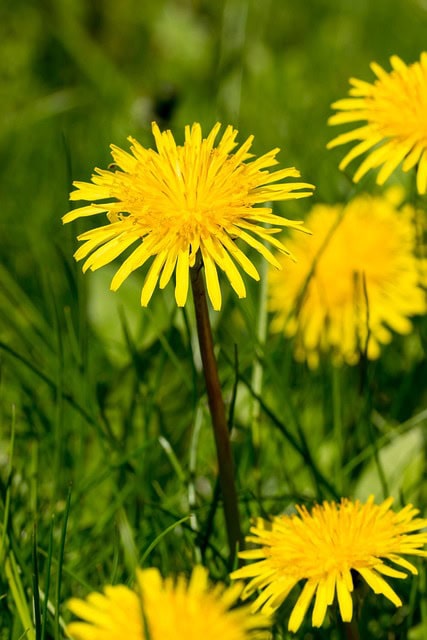
While often considered a weed, dandelions are actually a powerhouse of nutrients and have many benefits when grown alongside herbs. The leaves, flowers, and roots of the dandelion plant are edible and packed with vitamins. Dandelions thrive in similar conditions to many herbs, making them easy companions in your garden.
Besides their culinary uses, dandelions are known for their deep taproots, which help aerate the soil and can bring up nutrients that are inaccessible to other plants. When planting herbs like oregano or sage, dandelions can help enrich the soil, enhancing the growth and flavor of these herbs. Their bright yellow flowers also add a splash of color to the garden, making dandelions a functional and beautiful companion.
Lilacs
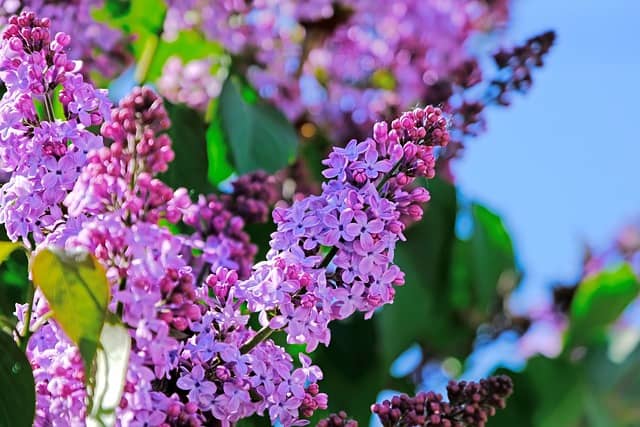
Lilacs possess a nostalgic beauty with their fragrant blooms and striking purple shades. While they don’t directly support herb growth, lilacs can create a beneficial microenvironment for herbs when planted in proximity. Their dense foliage provides some shade, which can be a boon for herbs that prefer partial sunlight.
Furthermore, lilacs attract pollinators like bees and butterflies, which benefits flowering herbs such as dill and cilantro. Incorporating lilacs into your garden not only creates a lush backdrop for your herb plants but also promotes biodiversity, ensuring that your gardening ecosystem remains vibrant and productive.
Roses
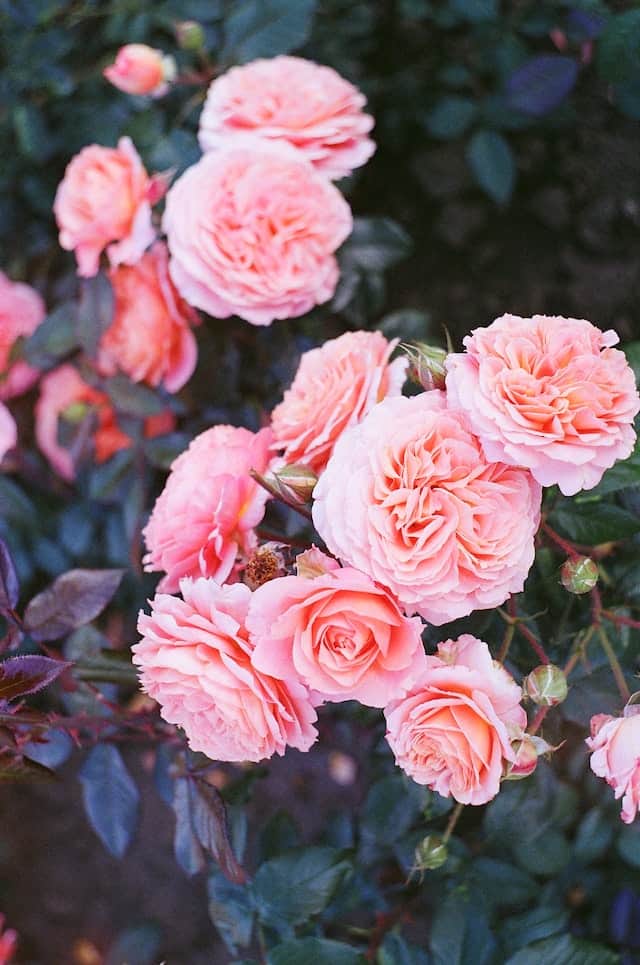
Roses are the epitome of classic beauty, and while they might not seem like the most practical choice for an herb garden, they actually have complementary qualities. Planting herbs such as garlic or chives near roses can help deter pests that threaten both plants, particularly aphids which are notorious for infesting roses.
Moreover, herbs like lemon balm or mint planted near roses can enhance the aromatic experience of a garden, adding layers of scent that entice visitors. Choosing varieties of roses that bloom in harmony with your herbs creates a visually stunning garden while promoting a healthier growing environment through companion planting principles.
Calla Lilies
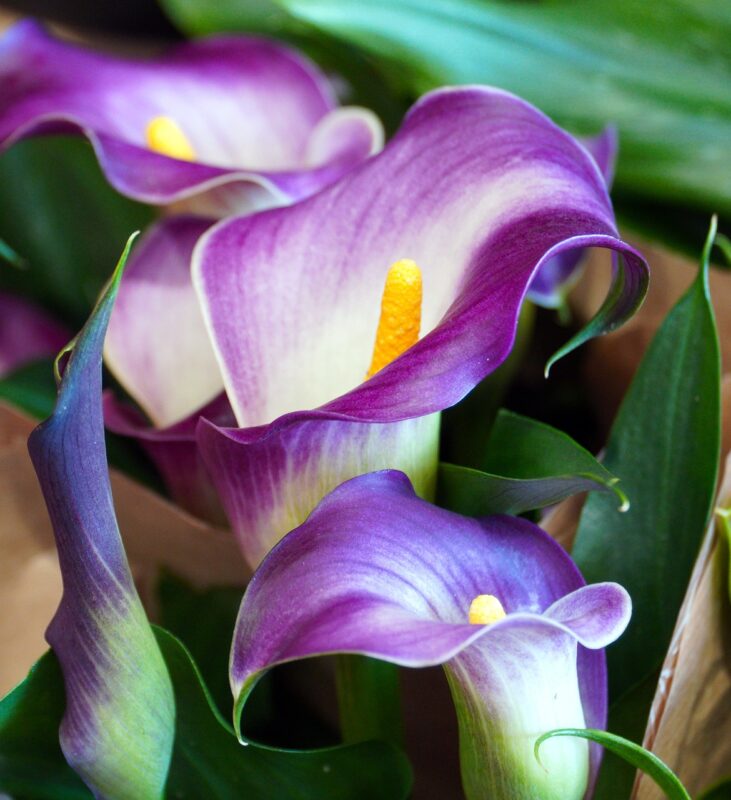
Calla lilies bring an artistic flair to any garden with their elegant, trumpet-shaped flowers. These plants do well in nutrient-rich, well-drained soil, making them a striking contrast to the more utilitarian herbs like basil or oregano. While they may not serve a direct role in pest management, their aesthetic appeal elevates the herb garden’s overall beauty.
If you plant them near your herbs, calla lilies can inspire a mixture of textures and colors, creating an idyllic scene. Just ensure they are planted in a location that receives adequate sunlight, as both calla lilies and herbs require healthy sun exposure to thrive.
Yarrow
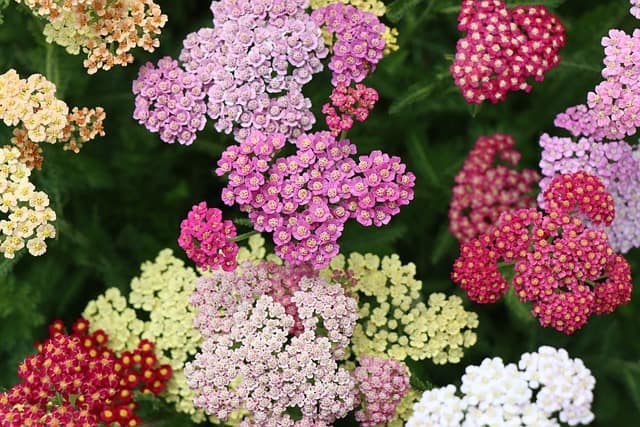
Yarrow, known for its fern-like leaves and clusters of small flowers, is incredibly beneficial for herb gardens. This perennial flower attracts a variety of beneficial insects, including ladybugs and hoverflies, which prey on common garden pests. Pairs beautifully with herbs like dill and chamomile, yarrow enriches the biodiversity of your garden.
In addition to its pest-attracting abilities, yarrow has historical uses in herbal medicine, making it a charming addition both for its beauty and its utility. Its tolerance for poor soil conditions means it won’t compete with your herbs for nutrients, allowing both yarrow and your chosen herbs to thrive together while creating an impressive spectrum of colors throughout the growing season.
Dahlias
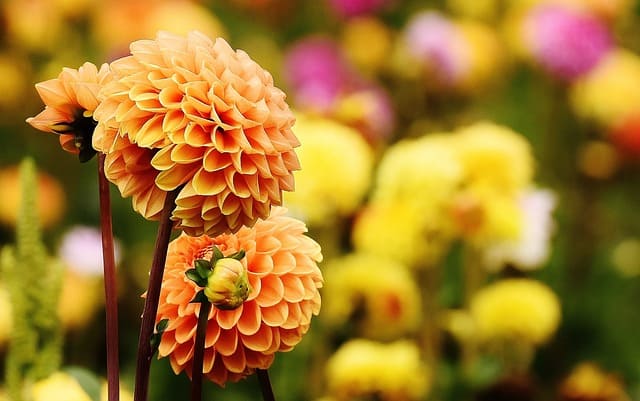
Dahlias are brilliant and bold flowers that command attention with their unique shape and variety of colors. When planted alongside herbs like mint or thyme, dahlias can help naturally deter pests due to their strong scent. These flowers prefer a sunny spot, just like many popular herbs, so they can flourish in the same environments.
Utilizing dahlias in your herb garden adds vertical interest and color that can attract pollinators, which are essential for the flowering herbs you may want to grow. Plus, they can create a stunning backdrop, allowing herbs to thrive while producing an eye-catching display that encourages biodiversity within your garden space.
Sunflowers
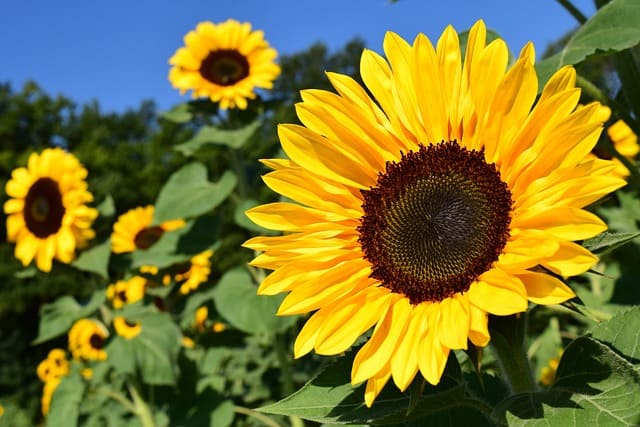
Sunflowers are not just cheerful floral giants; they are also valuable in the herb garden. Their towering presence can provide much-needed shade for herbs that require it, as well as serve as a natural trellis for climbing plants. Sunflowers attract pollinators and other beneficial insects while deterring pests from neighboring herbs like thyme and basil.
Planting sunflowers alongside herbs like cilantro can create a colorful and dynamic garden space. Not only do sunflowers contribute to visual appeal, but their seeds provide food for birds and other wildlife, adding another layer of life to your garden ecosystem. Their beauty and functionality make sunflowers a delightful addition to any herb cultivation endeavor.
Daffodils
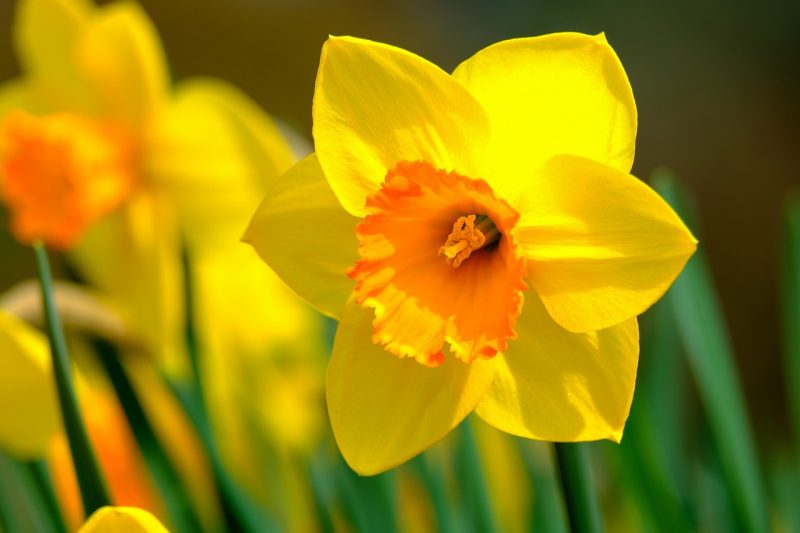
Daffodils, with their trumpet-shaped blooms and vibrant yellow hue, are a wonderful choice for planting alongside herbs. These perennial flowers bloom early in the spring, adding color and beauty as your herb garden begins to come to life. Although daffodils are toxic to some animals, they naturally deter pests like deer and rodents, which can be helpful for protecting your herbs.
When paired with hardy herbs, such as rosemary or sage, daffodils not only enhance the garden visually but also offer a sense of seasonal transition, marking the gradual approach of warmer months. Planting daffodils alongside your herbs creates a charming and dynamic visual experience that signifies growth and renewal.
Marigold

Marigolds are often hailed as one of the best companion plants for gardens, and for good reason. Their vibrant orange and yellow blooms are not just eye-catching but also play a critical role in pest management. These flowers have been shown to repel nematodes and aphids, providing a natural safeguard for herbs like basil and tomatoes.
Marigolds are incredibly easy to grow and thrive in various soil types. They are beneficial for companion planting not only for their pest-repelling qualities but also because they attract pollinators and other beneficial insects into your garden. When marigolds and herbs grow side by side, it creates a beautiful tapestry of colors while enriching the garden ecosystem.
Conclusion
Pairing flowers with herbs can transform your garden into a sanctuary of beauty and productivity. Each of the flowers mentioned not only complements the herbs aesthetically but also enhances the garden’s health, biodiversity, and overall enjoyment. Whether you are looking to deter pests, attract pollinators, or simply create a visually stunning space, these beautiful companions can help create the perfect herbal haven in your backyard.


